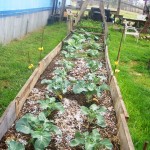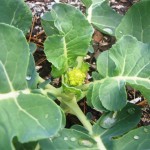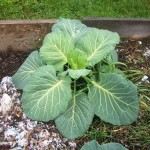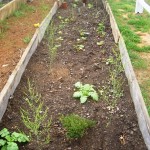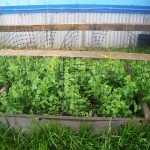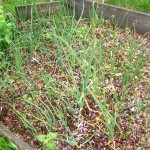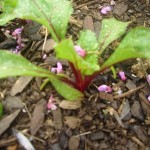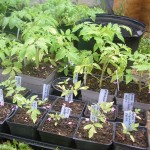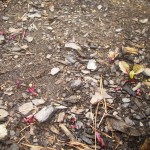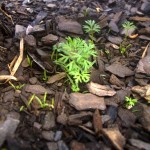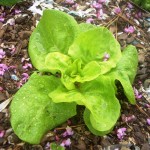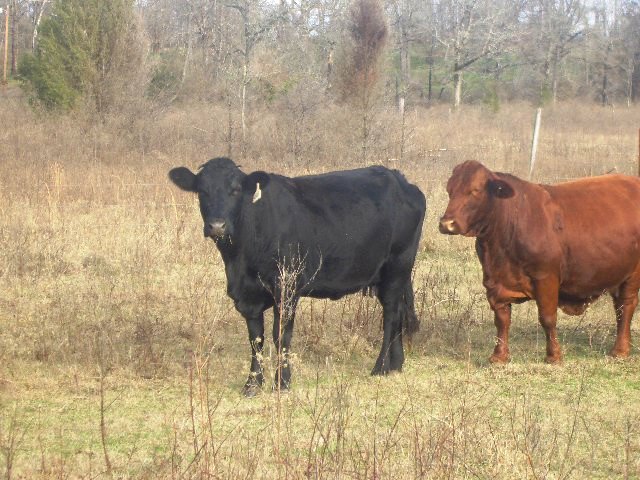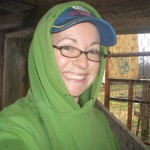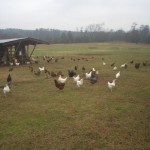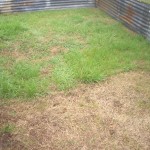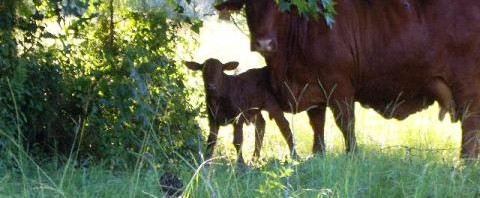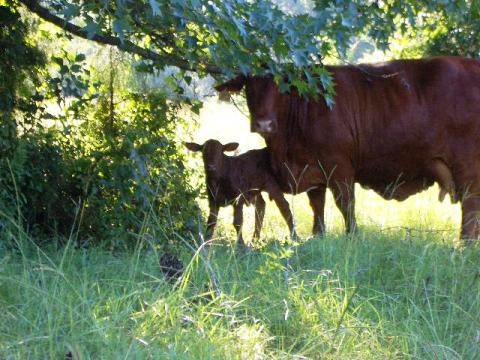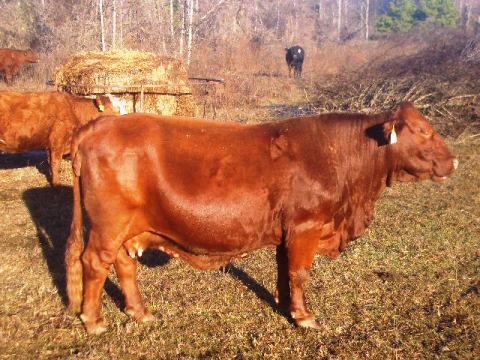Fun Facts about Farm Words
Installment One: Cows on Vacation
By PapPap Cadman
Do you know the difference between a cow and a steer? Or a heifer and a stirk?
Sometimes understanding all the various words used in raising cattle, as well as other farm animals, can be daunting. When I arrived at Shady Grove Ranch some three years ago, that was certainly my experience. It seemed to me at first that everything on our ranch that was bigger than a pig was a “cow.” And I figured that that was all I really needed to know. Who cared whether the “cow” was really a bull or a steer? Or a heifer, for that matter?
But over the years I have learned that more exactitude would be useful. For example, it is a lot more helpful to report to Matthew that “a bull is in with the heifers,” than that “there’s an extra cow in the field.” Besides, I had read someplace years ago that it was a virtue to “eschew obfuscation,” so I finally decided that it wouldn’t be a bad idea to learn the proper terms for various farm animals.
This pursuit of terminological accuracy is actually great fun. Though I am a retired gospel minister, I did spend some early years studying (and teaching) about words. My first college degree was in Russian, and I followed my BA with an MA in that same field, and even completed doctoral course work in Russian at the University of Pittsburgh in 1976. And though Russian is my main “fun language,” I did study a fair number of other languages, including French, Spanish, Ukrainian, Hebrew, Greek and Latin, as well as a few not-so-widely recognized languages like Old Church Slavonic and Ancient Russian.
How boring, you say? I suppose it can be. But, approached rightly, I have found that words are loads of fun. What I especially like is the relationships between words in different languages. Did you know, for example, that the term “vaccination” was probably first used in 1803 by a British physician to describe his new technique of injecting patients against cowpox? He created the term from the old Latin word vacca, which means “cow.” The reason he did that is because the substance he injected into his patients was taken from a cow (vacca). And the stuff he injected, of course, we call “vaccine.” So getting a vaccination was originally considered to be getting injected with something from a cow. It meant getting “vacca-inated”! And I suppose that’s better than getting “cowinated.”
Speaking of cows, it is also fun to note that, though it cannot be proven, the Latin word for cow (vacca) may be related to the Latin word vacare, which means to be “idle” or “empty.” We get our English words “vacation,” “vacate,” and “vacant” from the Latin word vacare. The fun part is that, if the two Latin words vacca and vacare are related, it indicates that, in the eyes of the ancient Latins, vaccae (cows) were vacant (empty). Personally I would agree with the Latins that cows are empty. If you have ever stood in front of one of our milk cows while she was being milked, you could not but have noticed that hardly any animal has a more “vacant” look in its eyes. When it comes to animal intelligence, cows are definitely running on “empty.” There is absolutely no one at home. I have seen our cows, who take the same path from pasture to the milk barn twice a day for years, suddenly stop in their tracks, utterly confused as to where they should go next… and the barn is right in front of them!
When it comes to IQ, cows are definitely “on vacation”!
Next time: Who’s the Boss?

